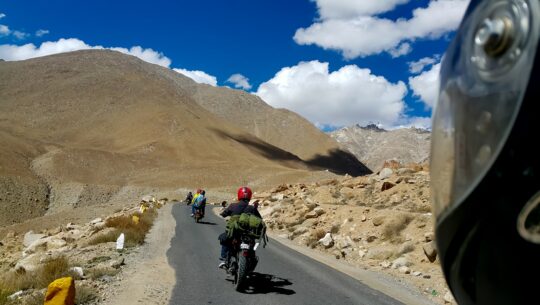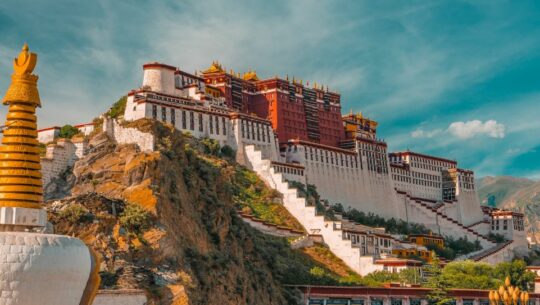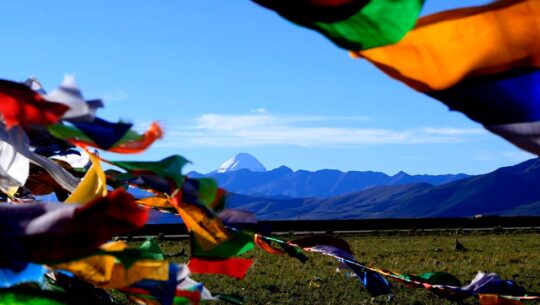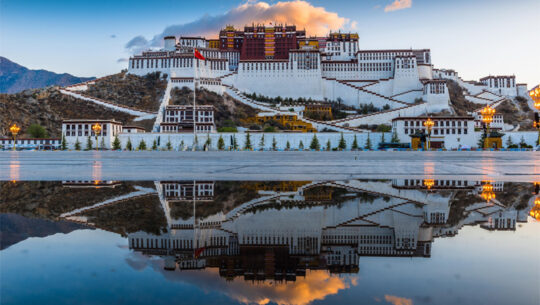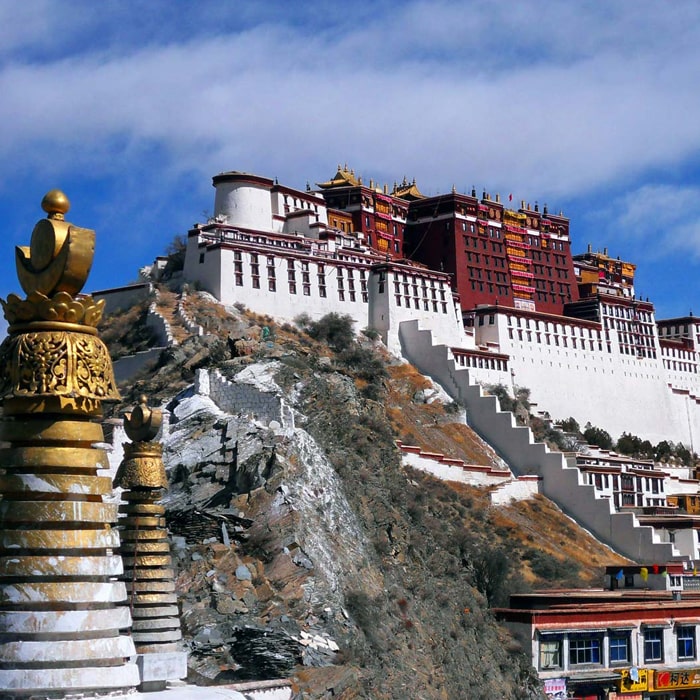
Destination: Tibet
Tibet offers a unique trekking experience with its vast plateaus, sacred mountains, and deep spiritual heritage. Famous treks like Mount Kailash Kora, Everest Advanced Base Camp, and Ganden to Samye take trekkers through high-altitude deserts, ancient monasteries, and dramatic landscapes. The region’s rugged beauty, rich Buddhist culture, and remote trails make Tibet an adventurous and spiritual trekking destination.


